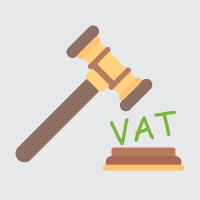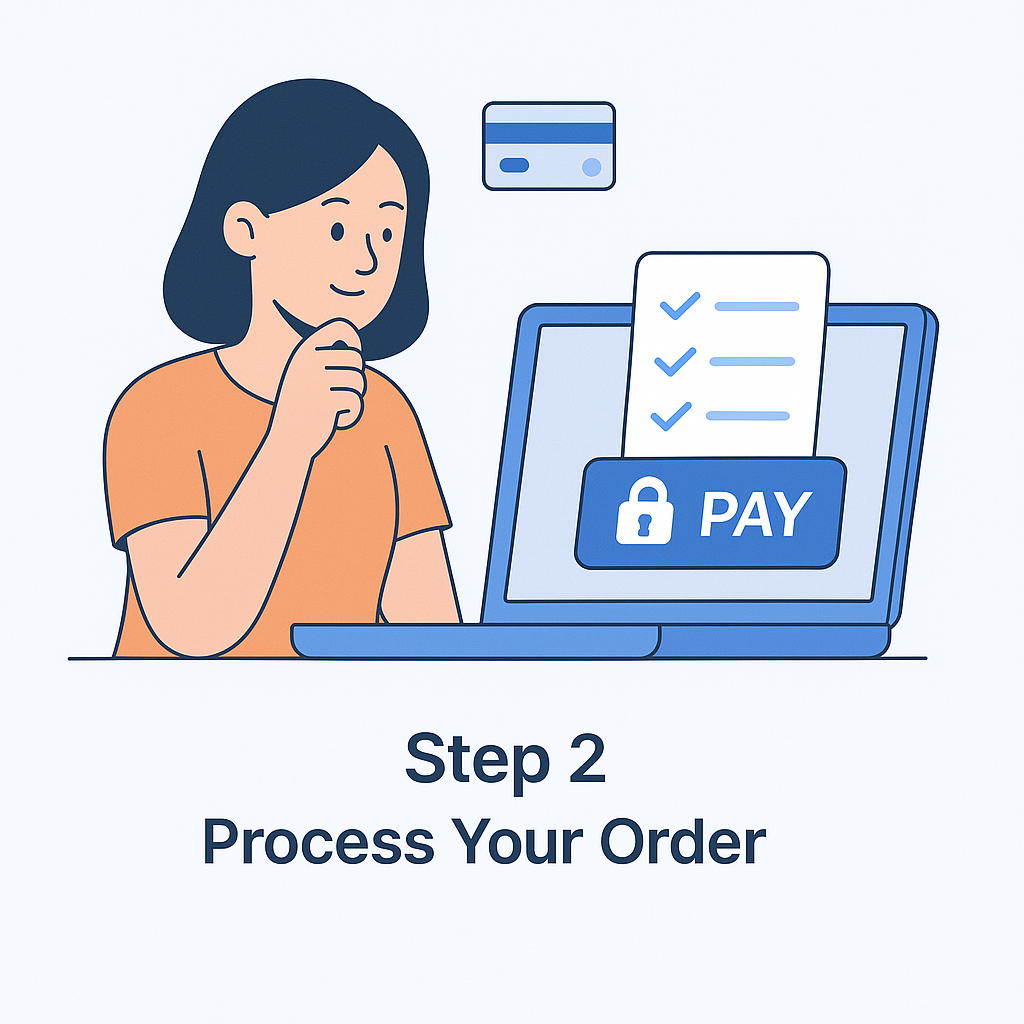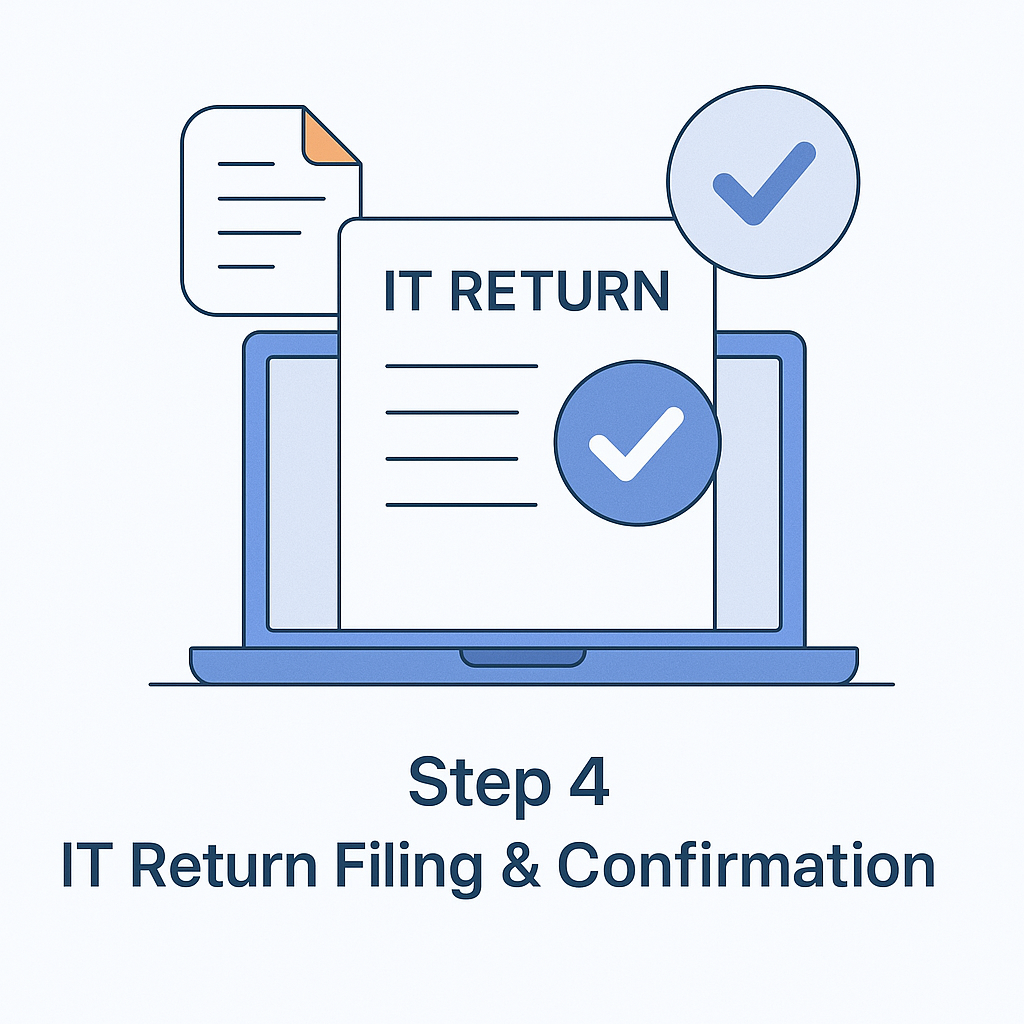
Decoding and calculating VAT
Taxation is defined as the procedure of levying taxes on goods and services during the transaction process by the government. Taxation is a strong authorisation power held by the government of India because the government has the right to levy fines on tax defaulters and impose income taxes on the citizens. There are many kinds of taxes which are applied during the various stages of selling goods and services and VAT or Value Added Tax is one type of taxation as well.
Understanding the Basics of Value Added Tax
The taxation procedure in VAT is lucid and it also distributes equal tax burden to the different groups involved in each step:
- Goods and services that are alike are taxed similarly. The same category of product from every brand will be charged the same VAT.
- VAT is imposed at every stage of the production process and this makes the taxation procedure more swift and transparent.
- The nature of VAT has reduced the chances of tax evasion in India.
- The introduction of VAT has also encouraged clarity in goods transactions and service provisions starting from the smallest level.

The Importance and Benefits of VAT
Before the launch of Value Added Tax (VAT) in India, the taxation system was exploited by businessmen and enterprises who found weaknesses in the taxation system and began evading taxes. This is when VAT came into India to reduce tax evasion and introduce transparency for equally distributing the tax burden amongst everyone.
Since Value Added Tax undergoes multiple stages of taxation during the production of goods and services, it falls under the surveillance of the respective state government where the business is established. This is one of the main reasons why in India taxation system differs slightly from one state to another.

The key features that indicate the benefits of VAT in India are as follows:
- There are no exemptions under VAT system.
- Tax imposition at each step of production process ensures a better policy with fewer chances for exploitation.
- The tight enforcement of VAT is an important aspect of a solid taxation procedure of a country as it helps in lessening fiscal deficit of India to some length.
- VAT is a taxation system which is applied everywhere in the world, as a result it will help India to integrate further into the global trade practices.
Formula for Calculating VAT
There are two variants of VAT Calculations:
1) Adding VAT to the price of a commodity
To calculate the amount of VAT to be added to the price of a commodity firstly, calculate the multiplier.
The current rate of VAT is 14%, therefore:
14 divided by 100% = 0.14
0.14 + 1 = 1.14
The multiplier is 1.14
Now, the multiplier can be used to calculate VAT that should be added to the price of the commodity.
If the product is being sold for Rupees 100, VAT can be determined by taking the product price and multiplying it by 1.14.
Rupees 100 x 1.14 = Rupees 14 is the VAT added to the price of the commodity.
Hence, the total price of the product, inclusive of VAT charges will be Rupees 114.
2) Subtracting VAT from the price of a commodity
To calculate the amount of the commodity (VAT applied goods) before VAT has been added to it, firstly determine the divisor.
The divisor is determined using the current Indian VAT rate of 14%.
14 divided by 100% = 0.14
0.14 + 1 = 1.14
The divisor is 1.14
If the VAT-inclusive price of the commodity was Rupees 114, then this amount is taken and divided by 1.14.
Rupees 114/1.14 = Rupees 100
The actual price of the commodity is hence, Rupees 100.
Deciphering the Taxes, Charges and VAT on Restaurant Bills in India Get Details
VAT Law
As per the VAT law, one cannot sell any goods in the absence of a sales document. This referred document could be a simple cash memo, cash sale, bill for the cash transactions etc. As per the VAT law, all the tax invoices must be serially numbered and issued in a serial number format.
The invoices must produce the following confirmation:
- Name of the taxpayer, address, and Taxpayers Identification Number(TIN).
- A serial number of the invoice.
- Date of when the invoice was issued.
- Date when the goods were supplied if it is different from the date when the invoice was issued.
- Name and address details of the party to whom the goods are being supplied.
- A description of the commodity, its quantity and the price of the goods or service which is being supplied.
- Rate and the amount of VAT levied on the goods and services.
- A receipt indicating if the supply is done via cash or on credit.
- For sale that is over Rupees 50,000, the customer's PAN must be produced.

But, in the case of a retailer who primarily supplies taxable goods to unregistered parties, the retailer will be required to provide a simplified tax invoice.
Additional Attributes of VAT System in India
- The government bodies of the respective state are authorized to collect the Value Added Taxes. Upon collection, the fund is transferred to the central government.
- VAT is subjected to rules and guidelines under the state government which is why the price of the same commodity may vary from one state to another.
- Necessities like salt, oil etc. are not imposed a VAT as they are a daily requirement of the consumers.
Frequently Asked Questions
Read More About
- Calculation of Gross Salary and CTC as per Salary Calculator in India
- Using Capital Gains Calculator to Determine the Income from Capital Gains
- Calculation of Tax Liability on Salary
- Calculate Income tax from Income Tax Calculator
- Use our HRA calculator to find out the exemption limit you are eligible for
In the News
-
Essential forms and documents for filing income tax returns
It’s the tax season and everyone is busy filing their taxes. Things have become a lot easy with the introduction of e-filing. Now you can file taxes from the comforts of your home. Despite the advent of technology we see a large number of income tax rejections. Wrong selection of forms and insufficient document are some of the major reasons
05th July 2017
All India ITR Blog
 Tax
Tax
 Income Tax
Income Tax
 Sales Tax
Sales Tax
 TDS
TDS
 GST
GST
 Service Tax
Service Tax
 VAT
VAT
 Tax Calculator
Tax Calculator













